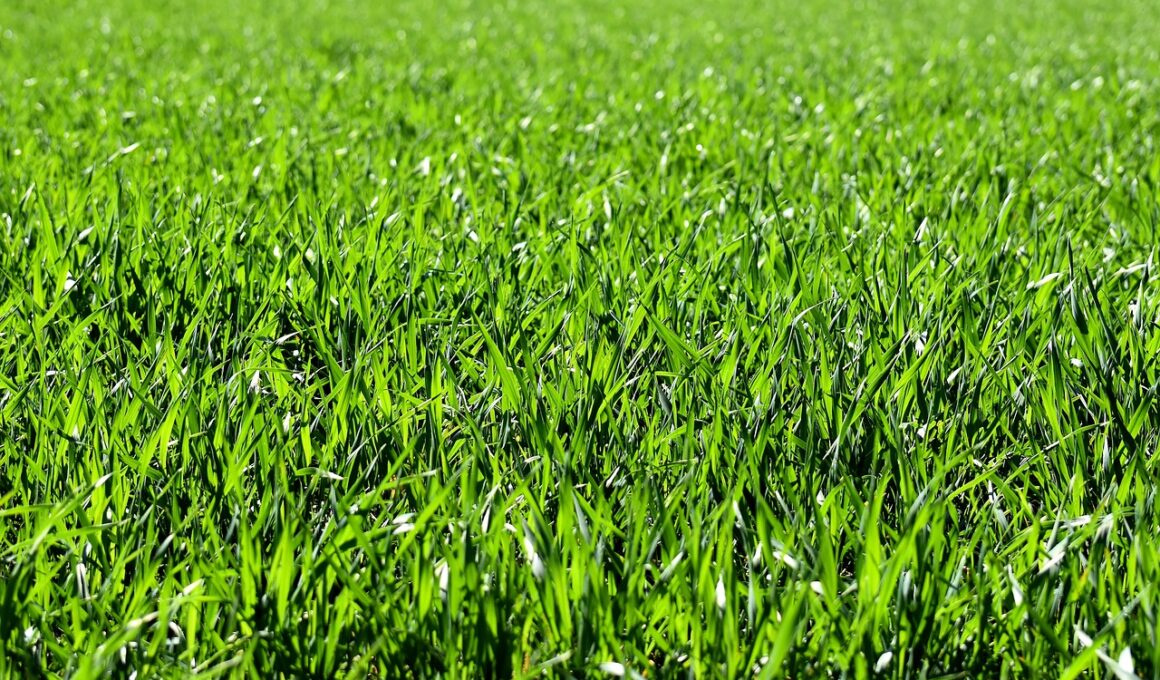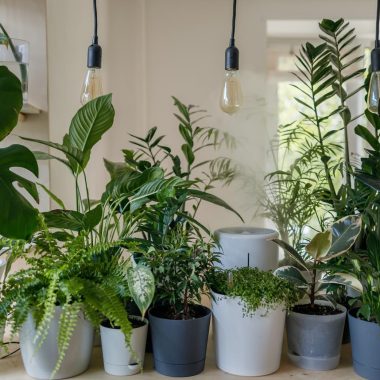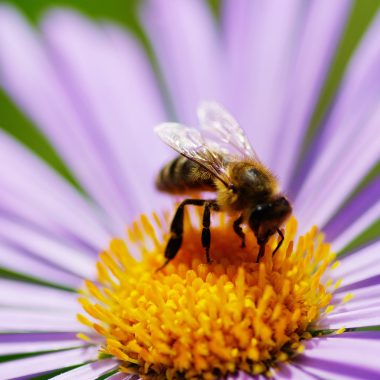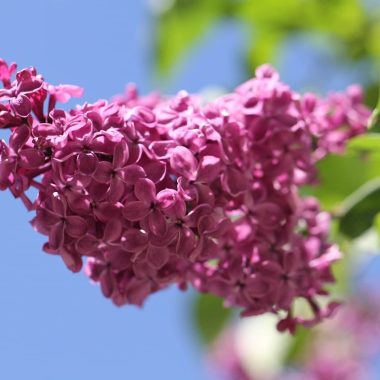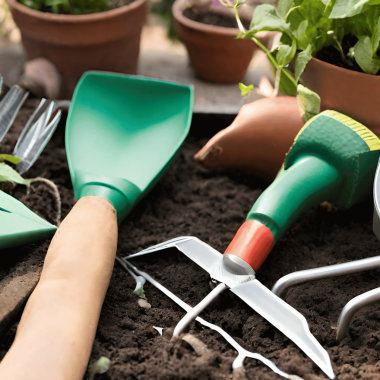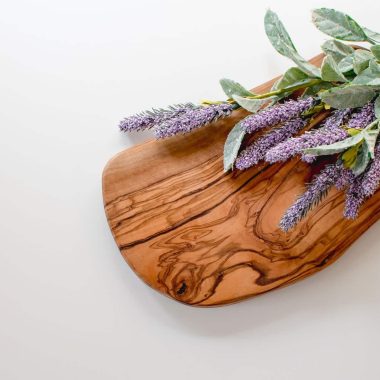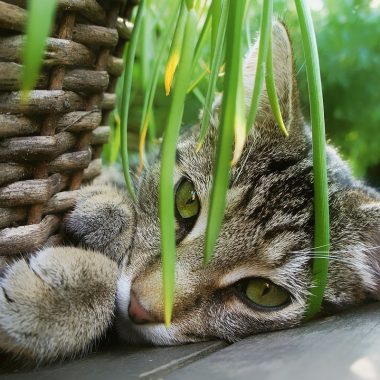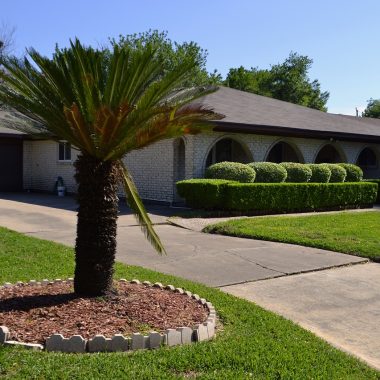A lush, healthy lawn starts with choosing the right type of grass. While it might seem simple to pick any grass seed from the store, selecting the perfect variety for your specific climate and needs makes all the difference in achieving that dream yard.
The best grass types for your lawn depend on your climate zone – cool-season grasses like Kentucky bluegrass thrive in northern regions, while warm-season options like St. Augustine grass excel in southern areas.
Your lawn’s success also depends on factors like sunlight exposure, soil type, and how you use your outdoor space.
Whether you need sturdy grass that can handle kids playing or prefer a pristine show lawn, understanding your options helps you make the right choice.
Buffalo Grass
Buffalo grass is a warm-season grass that thrives in USDA zones 4a to 8b, making it an excellent choice for your lawn in various climate conditions.
This native grass species offers exceptional drought tolerance and requires minimal maintenance.
You’ll appreciate its natural resistance to pests and diseases, reducing the need for chemical treatments.
Buffalo grass takes longer to establish compared to other lawn grasses. When starting from seed, expect up to 3 years for your lawn to develop full thickness.
Key Benefits:
- Low water requirements
- Minimal fertilizer needs
- Natural pest resistance
- Heat tolerant
- Cold hardy
Regular maintenance is straightforward. You should mow every 7-10 days during growing season, keeping the grass height at 30-40mm for optimal health.
You have three installation options:
- Seeds: Most economical but slowest
- Plugs: Mid-range cost and establishment time
- Sod: Most expensive but provides instant results
The grass may not provide the smooth surface typical of other lawn types, but its sustainability benefits often outweigh this characteristic.
St. Augustine Grass
St. Augustine grass creates a lush, carpet-like lawn that thrives in warm climates. Its thick, coarse blades form a dense turf that helps crowd out weeds naturally.
This warm-season grass adapts well to various soil types and performs exceptionally in coastal areas. You’ll find it particularly suitable if your yard gets partial shade or filtered sunlight.
Floratam St. Augustine is one of the most popular varieties, developed collaboratively by the University of Florida and Texas A&M. This variety offers excellent drought tolerance and disease resistance.
Your St. Augustine lawn requires:
- Full to partial sun exposure
- Regular watering
- Soil pH between 6.0 and 7.5
- Mowing height of 2.5-4 inches
- Regular fertilization during growing season
The grass spreads through above-ground runners called stolons, making it quick to establish and repair bare patches. You can expect your St. Augustine lawn to maintain its color longer into fall compared to other warm-season grasses.
If your yard has significant shade, consider specialized varieties like Palmetto or CitraBlue that show improved shade tolerance.
Bitterblue St. Augustine displays a distinctive blue-green color and finer texture than other varieties, making it an attractive choice for residential lawns.
Bent Grass
Bentgrass creates a beautiful, dense lawn with a fine texture and deep green color. This cool-season grass thrives in northern regions where nighttime temperatures stay cool.
You’ll find bent grass most commonly used on golf courses and sports fields due to its ability to form a carpet-like mat that can be mowed extremely short.
For home lawns, bent grass requires intensive maintenance:
- Daily or frequent watering
- Regular mowing at low heights
- Careful fertilization
- Pest and disease monitoring
In southern regions, bent grass acts as an invasive weed rather than a desirable turf option. Your lawn needs cool nights and mild days for this grass to perform at its best.
Different varieties of bent grass include:
- Creeping Bent
- Spreading Bent
- Redtop Bent
- Seaside Bentgrass
Keep in mind that bent grass develops a shallow root system. This characteristic makes it less drought-tolerant than other cool-season grasses and increases its water requirements.
If you’re considering bent grass for a home putting green, prepare for high-maintenance care. You’ll need to dedicate significant time to mowing, watering, and managing potential disease issues.
Bermuda Grass
Bermuda grass stands out as a popular choice for warm-season lawns due to its exceptional durability and heat tolerance. This grass type creates a dense, dark green turf that can withstand heavy foot traffic and drought conditions.
Your lawn care needs will vary based on the specific variety you choose. Common Bermuda grass varieties include TifWay 419, Princess, Blackjack, and Yukon, each offering unique characteristics to suit different needs.
This grass type excels in areas that receive full sun exposure. You’ll find it commonly used in golf courses, sports fields, and residential lawns across warm regions.
The deep root system of Bermuda grass makes it drought-resistant and cost-efficient, perfect if you live in an area with water restrictions or want to reduce your irrigation costs.
Key Benefits:
- Fast growth and recovery
- High resistance to wear
- Excellent heat tolerance
- Deep root system
- Self-repairing capabilities
Maintenance Requirements:
- Regular mowing (keep at 1-2 inches)
- Full sun exposure
- Moderate to high fertilization
- Regular watering during establishment
Your success with Bermuda grass depends on proper variety selection. Consider factors like your local climate, lawn usage patterns, and maintenance commitment when choosing the right type for your yard.
Blue Grass (Kentucky Bluegrass)
Kentucky bluegrass creates a dense, lush carpet of grass that makes your lawn look pristine. Its rich green color and fine texture set it apart from other grass varieties.
This grass type spreads through underground rhizomes, forming a uniform sod rather than growing in bunches. Your lawn will naturally fill in bare spots and maintain an even appearance.
Kentucky bluegrass thrives best in full sun and performs well in cool-season regions. You’ll see the most vigorous growth during spring and fall when temperatures are moderate.
This grass variety requires more maintenance than some other types. Your lawn will need:
- Regular watering
- Frequent mowing
- Consistent fertilization
- Good drainage
Without proper care, Kentucky bluegrass lawns can become thin and struggle to maintain their appearance. The grass has moderate drought tolerance but may go dormant during extended dry periods.
Your Kentucky bluegrass lawn will bounce back quickly from damage thanks to its self-repairing qualities. This makes it an excellent choice for:
- High-traffic areas
- Sports fields
- Family yards
- Front lawns
Ryegrass
Ryegrass stands out as a popular choice for lawns due to its quick germination and establishment. You’ll find two main types: annual and perennial ryegrass, with perennial ryegrass being ideal for permanent lawns.
This versatile grass creates a dense, attractive turf that can handle heavy foot traffic. Your lawn will benefit from its fine texture and bright green color, making it an excellent choice for high-traffic areas.
Annual ryegrass works well for overseeding warm-season lawns during winter months. It’s more affordable than perennial varieties and provides temporary green coverage until your warm-season grass returns in spring.
Perennial ryegrass offers these key benefits:
- Fast germination (5-7 days)
- Excellent wear tolerance
- Good drought resistance
- Fine texture
- Dark green color
You’ll find that intermediate ryegrass, a cross between annual and perennial varieties, provides a middle-ground option. This type suits both overseeding and permanent lawn applications.
For best results, plant ryegrass in areas that receive full sun. While it can tolerate some shade, your lawn will thrive with at least 6 hours of direct sunlight daily.
Remember to maintain regular watering schedules during establishment. Your new ryegrass will need consistent moisture to develop strong roots and achieve its signature dense growth pattern.
Fescue
Fescue grass was introduced to America in the 1800s as a pasture crop from Europe and quickly became popular for residential lawns. This versatile grass type adapts well to different climates and growing conditions.
Tall fescue stands out as a hardy grass variety that tolerates heat, drought, and shade. Your tall fescue lawn needs minimal maintenance once established, making it an excellent choice for busy homeowners.
Fine fescue varieties offer thinner blades and create a softer-textured lawn. When planting fine fescue, you’ll need to sow 4-5 pounds of seed per 1,000 square feet. For tall fescue, increase that amount to 6-8 pounds per 1,000 square feet.
Popular Fescue Types:
- Tall Fescue: Heat and drought resistant
- Fine Fescue: Excellent shade tolerance
- Creeping Red Fescue: Perfect for shady areas
Your fescue grass will thrive with proper mowing maintenance. Wait several weeks after seeding before the first mow to allow proper establishment.
Modern turf-type tall fescue varieties offer finer blades than older varieties, creating an attractive lawn appearance. These newer cultivars have replaced the older, clumpier K-31 variety for residential use.
Zoysia Grass
Zoysia grass creates a dense, lush lawn that feels soft underfoot and maintains excellent color throughout the growing season. This warm-season grass thrives in diverse climate conditions and offers remarkable durability.
Your zoysia lawn will require minimal maintenance once established. It grows slowly compared to other grass types, which means you’ll mow less frequently. The thick growth pattern naturally prevents weeds from taking hold.
Several varieties of zoysia are available to suit your specific needs:
- Empire – Excellent drought tolerance
- Meyer – Cold-hardy and disease-resistant
- Emerald – Fine texture with deep green color
- Zeon – Superior shade tolerance
You’ll appreciate zoysia’s ability to withstand heavy foot traffic and maintain its appearance in both full sun and partial shade. The grass goes dormant during winter, turning brown until spring, but quickly regains its vibrant green color when temperatures warm up.
To establish a zoysia lawn, you can choose between sod or plugs. While sod provides instant coverage, plugs are more economical and will fill in completely within 1-2 growing seasons.
The ideal mowing height for your zoysia lawn is between 1-2 inches. Keep the grass slightly higher in shaded areas to maximize photosynthesis and promote healthy growth.
Centipede Grass
Centipede grass creates a thick, low-maintenance lawn that thrives in warm climates with acidic soil. You’ll find this grass variety particularly well-suited for the southeastern United States, where it forms a dense, carpet-like turf.
This warm-season grass maintains a distinctive light green color and spreads through above-ground runners called stolons. Soil pH between 5.0 and 6.0 is ideal for optimal growth.
Your centipede lawn requires minimal fertilization – about 2 pounds of nitrogen per 1,000 square feet annually. The grass grows slowly and reaches a height of 1-2 inches when mature.
To enhance your lawn’s year-round appearance, you can mix centipede with compatible grasses like:
- Dwarf Fescue
- Annual Ryegrass
- St. Augustine grass
The grass shows excellent heat tolerance but becomes dormant and browns during winter months. Your centipede lawn performs best in full sun but can tolerate light shade.
Watch out for these potential challenges:
- Thatch buildup: Regular dethatching may be needed
- Cold sensitivity: Can suffer winter damage in zones 7 and below
- Iron deficiency: May require iron supplements in alkaline soils
Bahiagrass
Bahiagrass is a warm-season perennial grass that thrives in sandy, poor-quality soils. Its extensive deep root system makes it an excellent choice for areas where other grasses might struggle.
Your bahiagrass lawn will grow between 8 to 30 inches tall and prefers full sun exposure. This hardy grass variety maintains its green color during hot summer months and requires minimal maintenance.
When establishing a new lawn, you’ll need to be patient as bahiagrass takes several years to develop a thick coverage. You can speed up this process by overseeding in early summer at a rate of 2 pounds per 1,000 square feet.
The best time to plant your bahiagrass is when soil temperatures consistently reach 65-70°F. Late spring to early summer provides ideal conditions for seed germination.
Key Benefits:
- Drought tolerant
- Low maintenance
- Excellent for sandy soils
- Deep root system
- Minimal fertilizer needs
Bahiagrass performs exceptionally well in infertile soils and requires less water and fertilizer compared to other grass varieties. This makes it a practical choice if you’re looking for a low-maintenance lawn option.
Carpet Grass
Carpet grass thrives in challenging conditions where other grasses struggle. This hardy grass species grows best in wet, acidic soils with pH levels between 5.0 and 6.5.
You’ll recognize carpet grass by its bright green color and low-growing habit, typically reaching only 1-2 inches in height. Its fine texture creates a dense, carpet-like appearance across your lawn.
This grass type excels in the southeastern United States, particularly in areas with poor soil conditions. Your lawn will benefit from carpet grass if you have shaded areas or persistently wet soil.
The narrow leaf variety performs exceptionally well in low-fertility conditions, making it ideal for low-maintenance areas like parks and roadside medians.
Key Benefits:
- Tolerates poor drainage
- Grows in acidic soil
- Requires minimal maintenance
- Thrives in partial shade
- Resists many common lawn diseases
Maintenance Tips:
- Mow to 1-2 inches height
- Water during extended dry periods
- Apply minimal fertilizer
- Remove seed heads promptly
- Control weeds in early spring
Kikuyu Grass
Kikuyu grass is a warm-season grass that excels in high-traffic areas like residential lawns, parks, and sports fields. Its remarkable ability to recover from foot traffic makes it an excellent choice for active households.
This grass type adapts well to various soil conditions but grows best in fertile, moderately-drained soil with a pH between 5.5 and 7.0. You’ll find it particularly thrives in red basalt soil.
Your Kikuyu lawn will spread through both rhizomes and stolons, creating a dense, carpet-like surface. The grass maintains its green color longer into fall and greens up earlier in spring compared to many other grass types.
Maintenance Requirements:
- Mowing height: 1-1.5 inches
- Water: Moderate
- Sun exposure: Full sun
- Traffic tolerance: Excellent
- Growth rate: Fast
Several varieties of Kikuyu grass are available, with Common Kikuyu being the most popular for residential lawns.
This variety shows good tolerance to both cold and heat, making it versatile for different climates.
Your Kikuyu lawn needs regular maintenance to prevent it from becoming invasive.
Its vigorous growth means you’ll need to mow frequently during peak growing season to maintain the ideal height.
